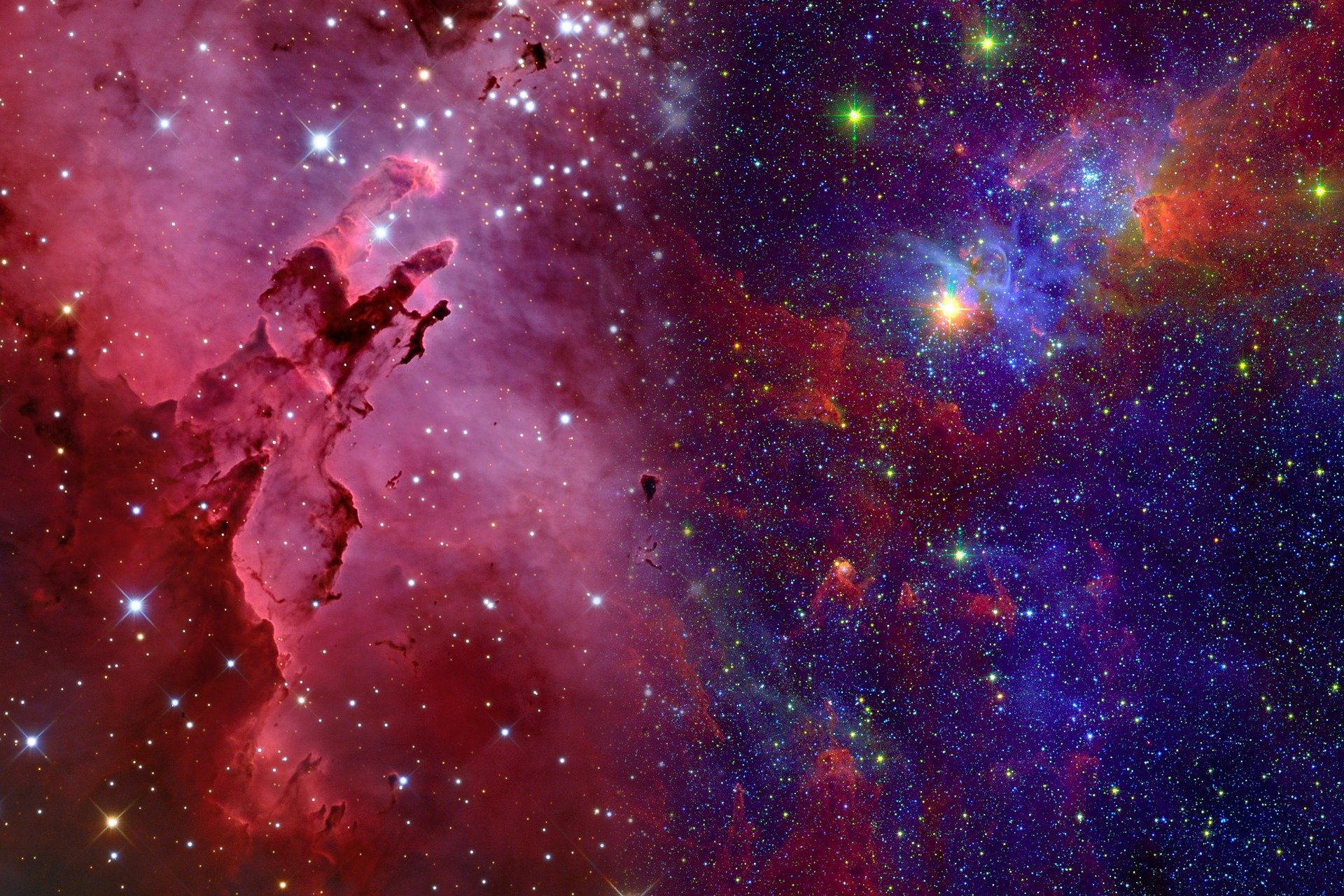How loud would stars be if space was full of air?

Image by beate bachmann from Pixabay
Stars are pretty much like bells. Our Sun, if it could be heard through the vacuum of space, vibrates with a song of many frequencies similar to the ringing of cathedral bells that are each hitting at different notes. If you have been near a cathedral you may notice that as the bells get louder, they chime at certain pitches when they are simultaneously rung.
The Sun is similar in that it belts out rhythmic bass thumps over its background hum when certain frequencies overlap with one another. If space were replaced with air and we could hear the Sun, it would be incredibly noisy – the output of the Sun is equivalent to 10 million keys, or notes, of a piano. In fact, you would struggle to hear little else! Throwing out the energy of 383 yottawatts per second, we get a translation of 290 decibels which makes for a very, very loud Sun indeed.
However, at a distance of 92,957,130 miles from the Sun, things start to change and the monstrous sound of our star doesn’t seem that loud at all. Sound intensity decreases with distance, which means that the Sun would deliver a much smaller 125 decibels to the surface of our planet. In comparison, 120 decibels is a train horn about one metre away whereas 130 decibels is physical pain.
In general, the lower the pitch, the bigger the star. Additionally, the sound they make depends on their age as well as their chemical composition. In short, the distance from a star will vary depending on these factors.
For more science and technology articles, pick up the latest copy of How It Works from all good retailers or from our website now. If you have a tablet or smartphone, you can also download the digital version onto your iOS or Android device. To make sure you never miss an issue of How It Works magazine, subscribe today!




